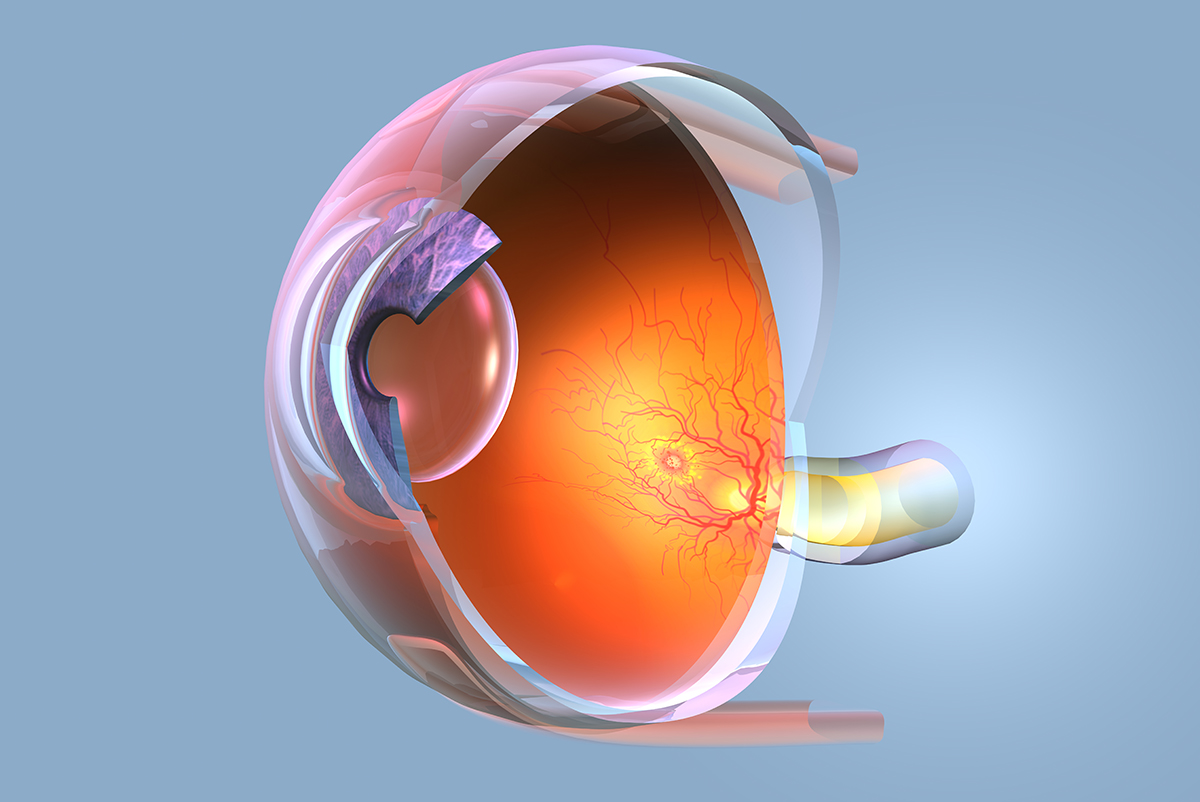What Is Macular Edema? How To Recognize the Warning Signs
Submitted by Elman Retina Group on July 26, 2022

All the parts of your eye are important and work together. An issue with even the smallest part of your eye can dramatically impact your vision. The macula is one of your eye’s small parts. It is located in the center of the retina and plays an important role in your central vision. You use your central vision to read and write and focus and identify objects in front of you, including faces.
Elman Retina Group’s Our doctors are experts at diagnosing and treating conditions impacting the retina. Below our doctors will discuss macular edema and how to recognize the warning signs.
What Is Macular Edema?
Edema is another word for swelling. Macular edema is swelling of the macula. The swelling makes it difficult for your macula to do its job. Macular edema can occur in one or both eyes and from many different underlying causes. Eye doctors may call macular edema by several different titles, such as cystoid macular edema (“CME”), macular swelling, macular cysts, retinal edema, diabetic macular edema (“DME”), intraretinal fluid and more.
How Does Macular Edema Look?
The retina is a layer of tissue located on the inner surface in the back of the eye. The macula is located at the center of the retina with around a dozen mini layers. To work best, the macula needs to be flat on the surface without any disruptions between the layers. When the macula swells, there are many little circular “cysts” of fluid accumulating between the layers of the macula. The retina and macula both do not have sensation, so you wouldn’t be able to feel the swelling.
How Does Macular Edema Impact Vision?
Initially macular edema may produce no symptoms. However, as it progresses you may notice blurry vision or that your central vision is wavy or distorted. You may also notice that colors appear faded, cloudy or washed out. If you are experiencing any of these warning signs, contact your doctor immediately. If left untreated, macular edema can lead to severe vision impairment and even permanent vision loss.
Macular Edema Differential Diagnosis
To diagnose macular edema, your retina specialist will perform a comprehensive eye exam and look for other retina abnormalities. Macular edema can have a number of causes. The most common cause is diabetic retinopathy causing “diabetic macular edema.” Other causes can include inflammatory diseases impacting the eye, age-related macular degeneration, recent eye surgery, blockage of retinal blood vessels and high blood pressure, certain medications and more. An experienced ophthalmologist can narrow down a differential diagnosis, figure out the actual underlying diagnosis causing the macular edema, and then recommend appropriate treatment.
Macular Edema General Treatment
The treatment for macular edema depends on its cause. Keep in mind that macular edema typically does not have a “quick fix” treatment or cure. However, early diagnosis with early intervention leads to a more effective treatment often leading to a quicker resolution.
Treatment can be two-fold. The initial treatment is often aimed at the underlying condition that is contributing to the macular edema. This may include treatment directed towards controlling diabetes or high blood pressure.
While the underlying condition is addressed, then treatment focuses on the eye. Treatments can include intravitreal/intraocular injections of medicine, eye drops or even surgery, called a “vitrectomy.”
Contact Elman Retina Group
Macular edema can only be diagnosed with a comprehensive eye exam. Call or email Elman Retina Group today to schedule an appointment with our doctors.



